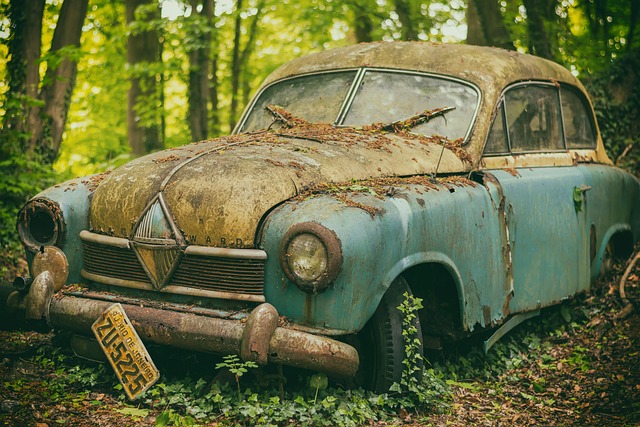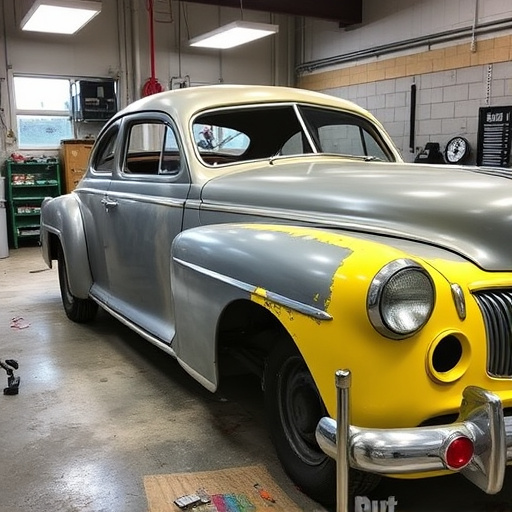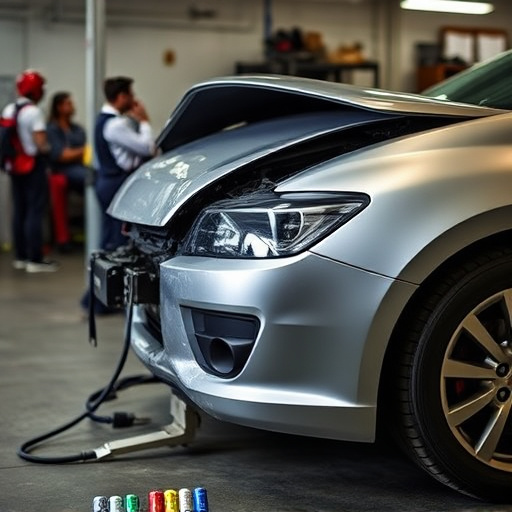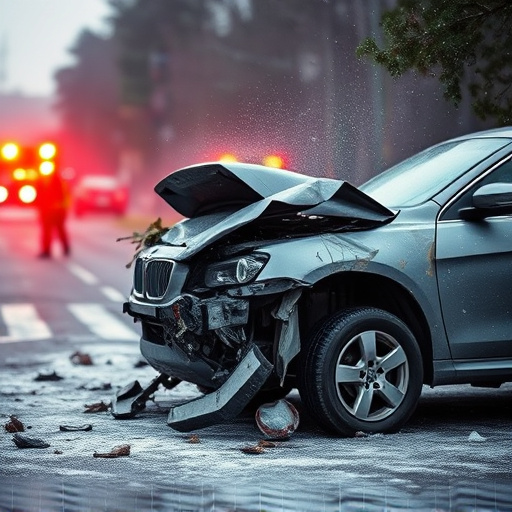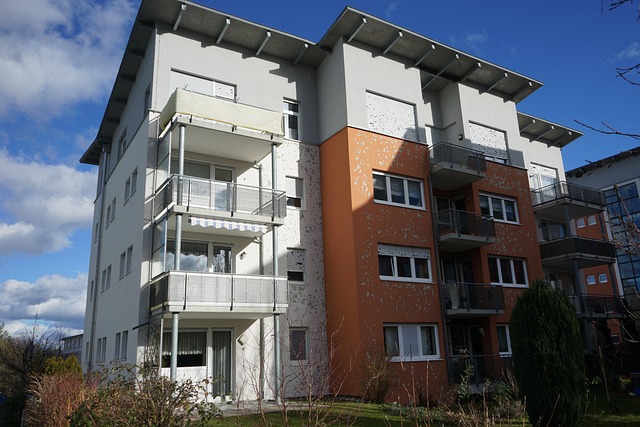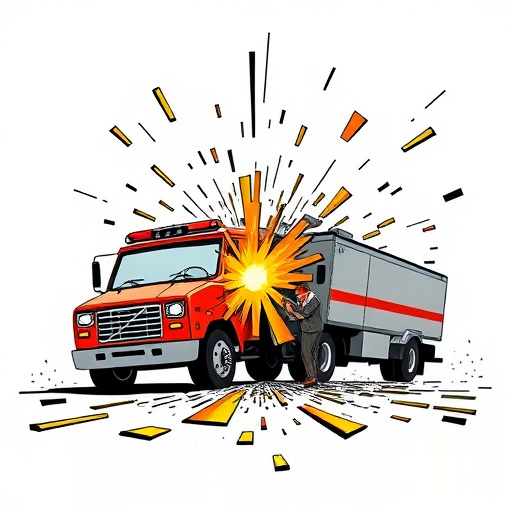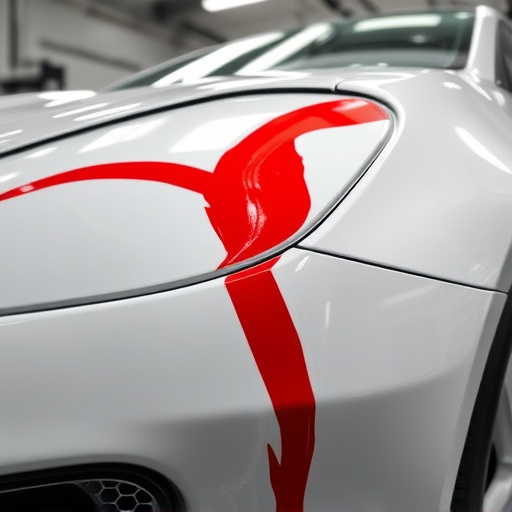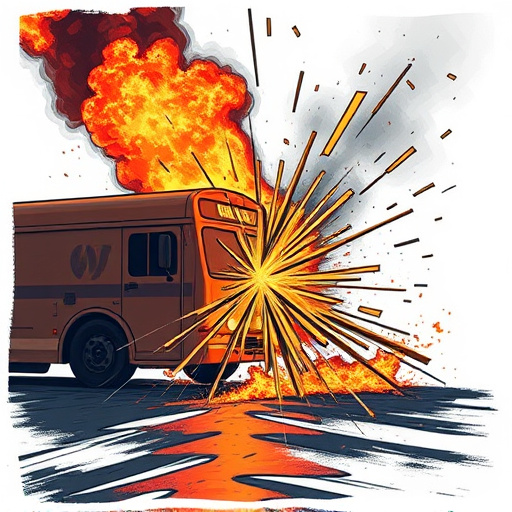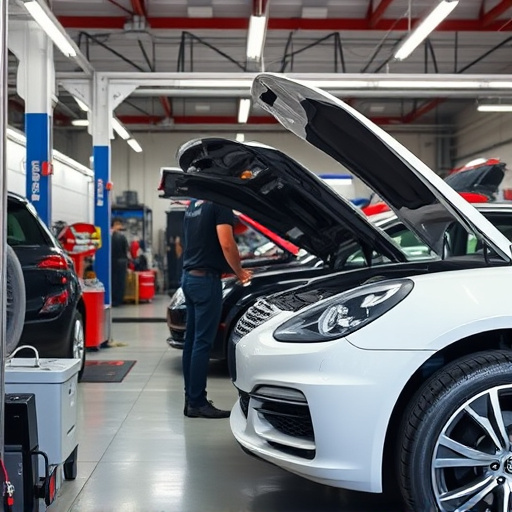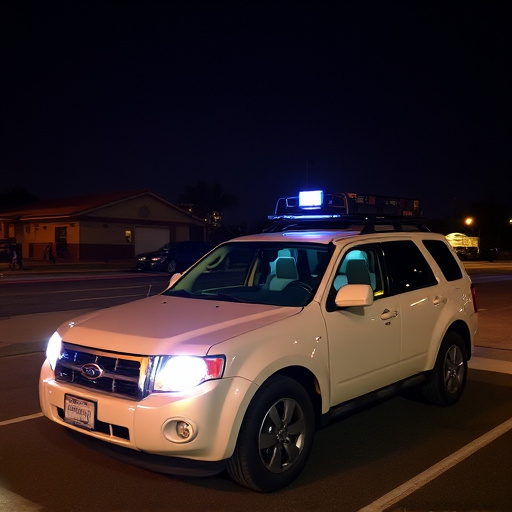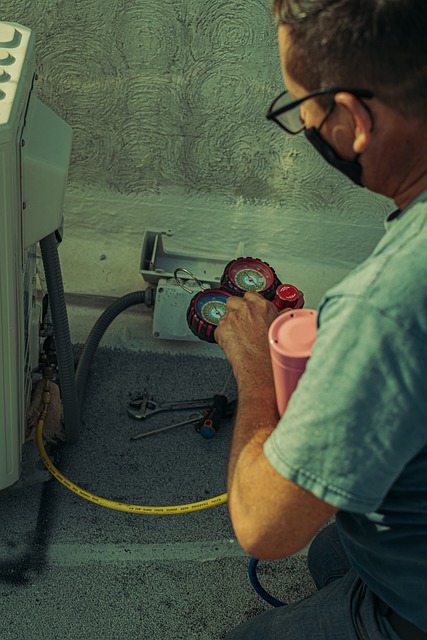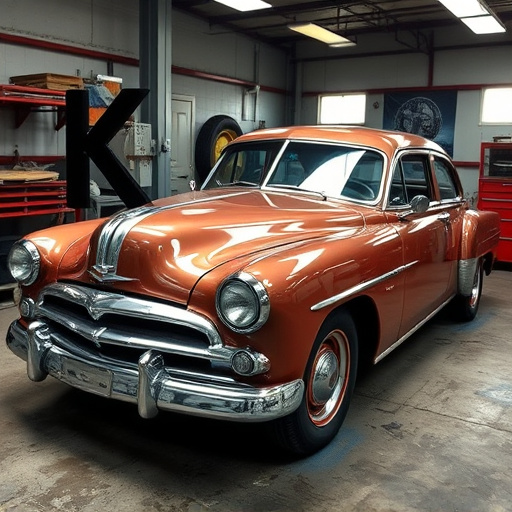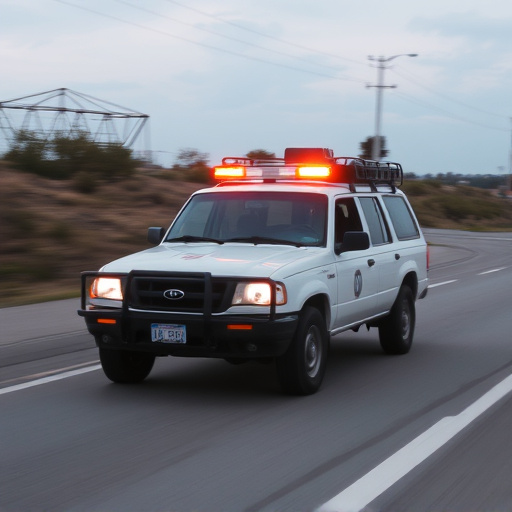PDR tools (Paintless Damage Repair) revolutionize auto body services by offering efficient, cost-effective, and less invasive solutions for hail damage repair. Utilizing advanced technology, these tools remove dings, dents, and creases from vehicle surfaces, preserving the original factory finish and enhancing aesthetics. PDR techniques provide faster turnaround times, reduce costs, and minimize the need for extensive paintwork or welding, making it a preferred choice for both insurance claims and individual vehicle owners.
“In the realm of automotive restoration, Professional Dental Repair (PDR) tools have emerged as indispensable assets for addressing hail damage. This innovative approach not only enhances aesthetics but also streamlines the repair process. This article delves into the world of PDR tools, explaining their functionality and how they work to restore vehicles affected by hail storms. We explore common tools used, highlighting their advantages in terms of efficiency and cost-effectiveness, making them a game-changer in the industry.”
- Understanding PDR Tools and Their Functionality
- Common PDR Tools for Hail Damage Repair
- Advantages of Using PDR Tools in Automotive Restoration
Understanding PDR Tools and Their Functionality
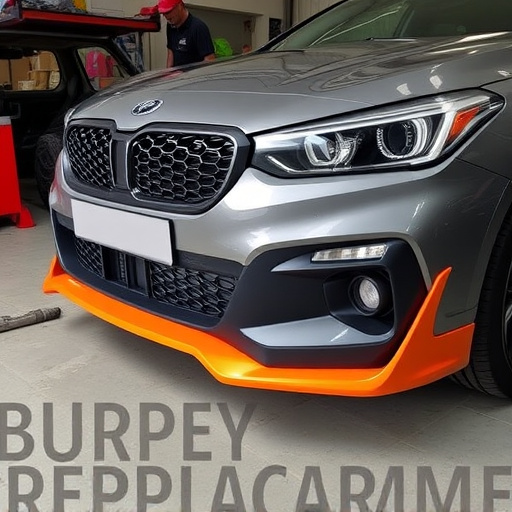
PDR tools, or Paintless Damage Repair tools, are a game-changer in the world of auto body services. These specialized devices enable efficient and effective repair of hail damage on vehicles without the need for traditional painting methods. By utilizing advanced technology, PDR tools can effectively remove dings, dents, and creases from a vehicle’s surface, restoring it to its original condition.
The functionality of PDR tools involves using specialized equipment that employs precision force to mold and reshape the affected area on a car body. This process is significantly less invasive compared to conventional repair methods, resulting in faster turnaround times and reduced costs for customers. Body shop services offering PDR as part of their offerings cater to both insurance claims and individual vehicle owners seeking high-quality, cost-effective repairs, ensuring a seamless and satisfying experience.
Common PDR Tools for Hail Damage Repair
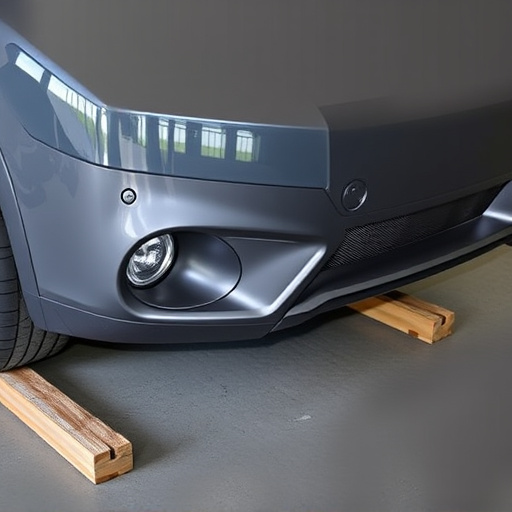
When it comes to repairing hail damage on vehicles, Professional Dent Repair (PDR) techniques and tools are invaluable. PDR tools are designed to minimize the impact of dings, dents, and scratches caused by hail storms, offering a cost-effective alternative to traditional auto body repairs. Common PDR tools for hail damage repair include pneumatic hammers, rubber mallets, and specialized dent pullers. These tools allow automotive restoration specialists to gently remove damaged paint and reshape metal without causing further harm.
Many fleet repair services leverage PDR tools due to their efficiency and precision, enabling faster turnaround times for auto repair near me. The versatility of these tools also makes them suitable for various vehicle types, from compact cars to large trucks. By employing PDR techniques, automotive experts can restore vehicles to their pre-damage condition, enhancing the overall aesthetics and value of the automobile without the need for extensive paintwork or welding.
Advantages of Using PDR Tools in Automotive Restoration
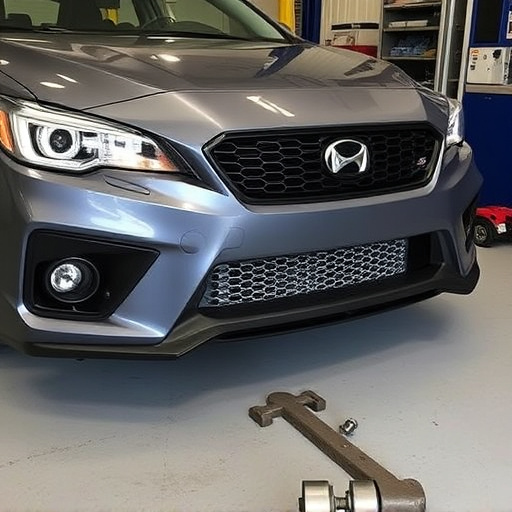
Using PDR tools for hail damage repair offers numerous advantages over traditional panel replacement methods. These advantages extend beyond cost savings for both insurance companies and vehicle owners, impacting both efficiency and sustainability. PDR techniques allow for repairs to be performed on-site, reducing the need for lengthy tow truck transport and costly shop visits. This translates into faster turnaround times and less inconvenience for car owners.
Moreover, PDR preserves the original factory finish of a vehicle, ensuring that it retains its value and aesthetics even after damage. This is particularly beneficial for those who want to avoid the potential devaluation that can come with extensive paintwork or panel replacement in a body shop. By using specialized PDR tools, technicians can gently push out and reshape dented areas without damaging surrounding panels or painting, resulting in seamless repairs that are virtually indistinguishable from the original body work.
PDR tools have emerged as indispensable assets in the automotive restoration industry, offering efficient and cost-effective solutions for hail damage repair. By understanding the various tools and their functionalities, professionals can navigate through the process swiftly, ensuring optimal vehicle aesthetics and structural integrity. The benefits of PDR are clear, making it a preferred method for restoring vehicles affected by harsh weather conditions. With continuous innovations in technology, PDR techniques will undoubtedly evolve, providing even better outcomes for car owners worldwide.
